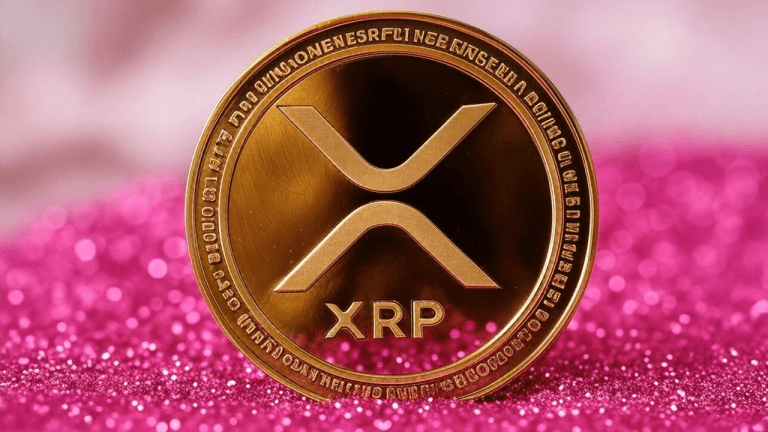
DeFi’s critical missing piece: Credit scores

Traditional finance is built not on collateral but on reputation, and DeFi will grow by following suit.
Over the last 12 months, the remarkable growth in decentralized finance has been driven by one thing: the ability of users to earn strong yields on their crypto assets by lending, staking and providing liquidity. Depending on your risk appetite, gains from DeFi investments can run tens or even hundreds of times higher than standard returns in the traditional markets.
Even if those kinds of yields don’t last forever, DeFi offers significant promise to transform the financial markets in the long term. At the start of this year, former U.S. acting comptroller of the currency Brian Brooks predicted (I think, accurately) that “self-driving banks” would be a reality before self-driving cars will be able to fly.
However, the growth of DeFi lending markets is currently hampered by one significant drawback: the need for over-collateralization of credit. We see this requirement deterring a large fraction of borrowers.
By size, reputation-backed > asset-backed financial systems
Traditional finance — from credit cards to dollars themselves — is largely backed by reputation and credit, not just assets. As individuals, we’re assessed on our ability to repay a mortgage based on our credit history, not purely on the fact that we’re already outright owners of real estate. Similarly, there are ways to assess the capital strength of corporate and institutional borrowers. These “reputation economies” make up the majority of the traditional financial system, with which DeFi can and will compete.
In the current DeFi landscape, over-collateralization is necessary partly because of the pseudonymous nature of blockchain transactions. A lender rarely knows a borrower’s identity, which introduces an unacceptable degree of risk, as there’s no way to guarantee repayment.
Even on a pseudonymous basis, DeFi also lacks adequate credit scoring or borrower risk assessment mechanisms. So, making sure someone has sufficient “skin in the game” is the only way to ensure they’ll make good on their repayment obligations. In case of default, over-collateralized lenders can simply liquidate the borrower’s collateral.
The solution to bridging the gap between requiring assets and managing uncollateralized loan risk is simple. Ideally, the credit model is robust enough to support active lending rather than purely serving as a theoretical framework.
Structure of on-chain credit scores
A key discovery is that zero-knowledge proofs allow for highly trustworthy on-chain credit scores without revealing confidential information about a borrower.
- The credit score is computed in a secure enclave (a special, highly secure computer chip).
- The credit score, as well as proof-of-computation, is uploaded to the blockchain.
- The proof-of-computation is verified by the smart contract.
The credit score that’s computed off-chain could include private information such as a borrower’s assets, use of leverage and even Know Your Customer. None of this private information would be uploaded to the blockchain — just a proof of computation demonstrated that it was taken into account in the credit score in accordance with the protocol’s design.
This off-chain data could also be combined with existing protocol data such as repayment history. Creditworthiness can then be assessed, using a multivariable model, much like the current retail and institutional credit sector in traditional finance.
Portability is critical
One of the most crucial considerations is that these credit ratings should be fully portable, and even composable (like DeFi Lego blocks), across different DeFi protocols and blockchains. This is especially important now that we’re seeing new layer-one DeFi ecosystems starting to flourish on platforms such as Polkadot and Binance Smart Chain, which don’t have the same on-chain history of lender and borrower interactions. Portability may enable existing lending platforms that currently require over 100% collateral to borrow to begin offering undercollateralized loans to those who have a rating that meets a minimum threshold level.
Of course, such a system doesn’t mean that we have to do away with overcollateralized lending for those without any credit history or reputation. However, the fact is that introducing reputation-based lending to DeFi will provide a massive boost to the ecosystem by making it appeal to a far broader range of potential users. It will remove constraints on the growth of DeFi lending, paving the way for more institutional involvement and boundless future expansion.
This article does not contain investment advice or recommendations. Every investment and trading move involves risk, and readers should conduct their own research when making a decision.
The views, thoughts and opinions expressed here are the author’s alone and do not necessarily reflect or represent the views and opinions of Cointelegraph.
Go to Source
Author: Rafael Cosman









